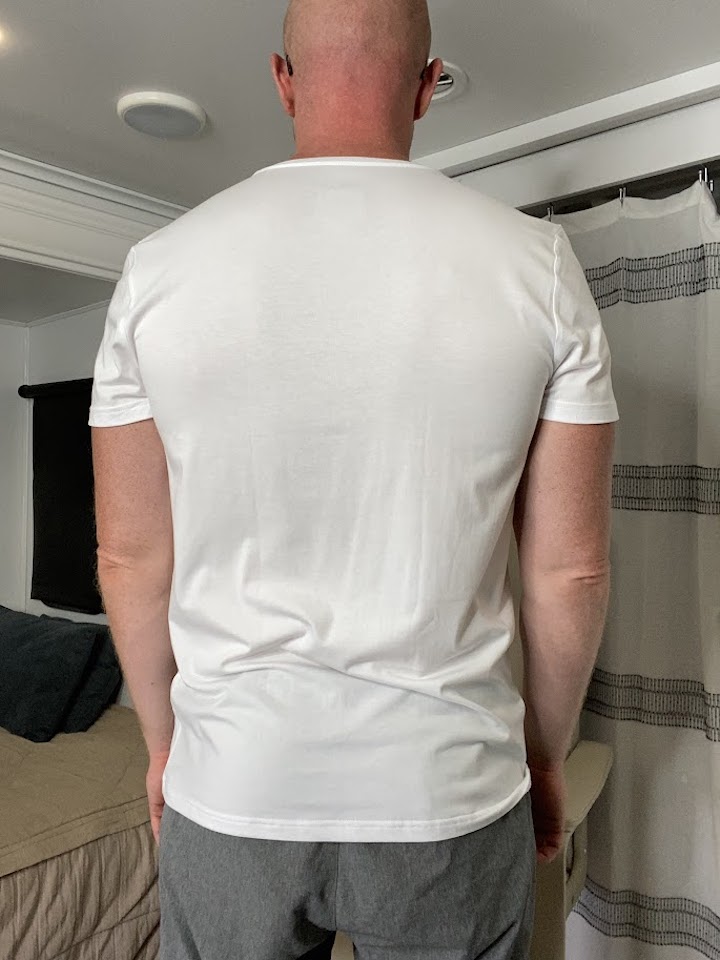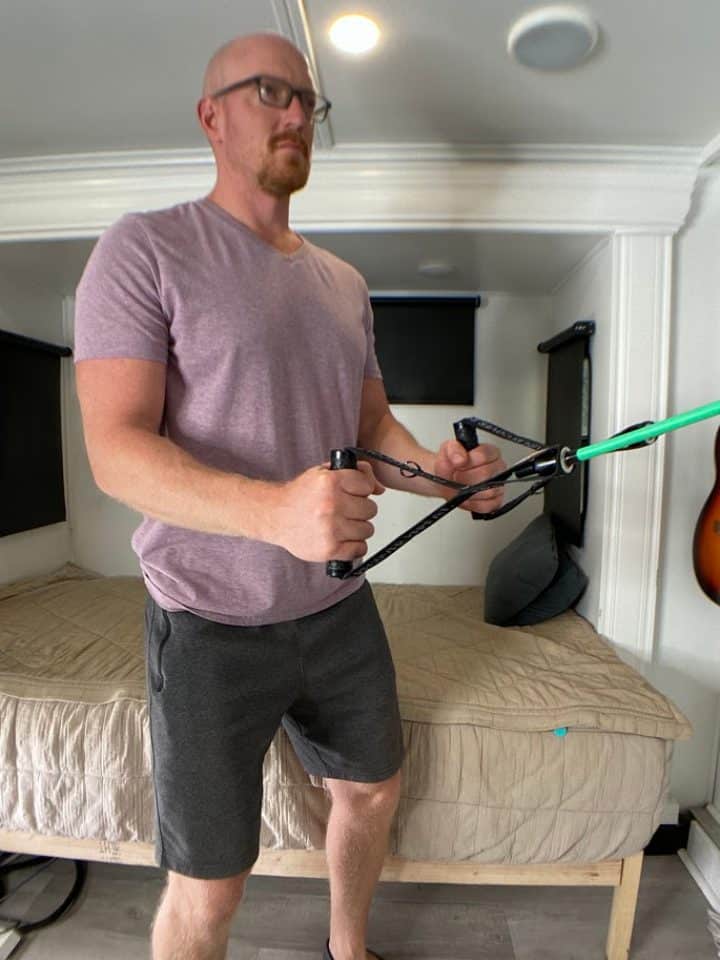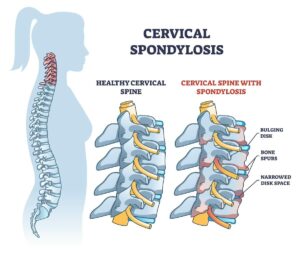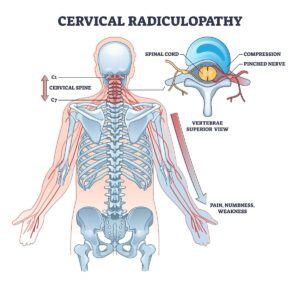Free download: Top 10 Natural & Easy Remedies for Joint Pain from Home. Learn these helpful remedies.
Estimated Reading Time: 4 minutes read
In today’s digitally-driven era, many of us find ourselves tethered to our smartphones, tablets, and computers for hours on end. While these devices offer countless benefits, they’ve also introduced a common and pervasive musculoskeletal disorder dubbed “text neck.”
This condition arises from consistently bending the neck forward and looking down at electronic devices for prolonged periods. Over time, this unnatural posture exerts excessive stress on the neck, leading to various discomforts and potential long-term health issues.
However, the silver lining is that, like many posture-related ailments, text neck can be counteracted and possibly reversed with mindfulness, lifestyle changes, and, most importantly, targeted exercises. Making a conscious effort to correct our posture and incorporating specific exercises into our routine can significantly reduce the impact of text neck.
Table of Contents
Causes and Symptoms of Text Neck
The primary cause of text neck is the habitual forward-leaning posture adopted when using electronic devices. This constant forward tilt can add considerable stress on the cervical spine.
To put it in perspective: for every inch your head tilts forward from its neutral position, an additional 10 pounds of weight is felt by your neck.
Common symptoms to watch for include:
- Neck pain and stiffness.
- Upper back pain, ranging from chronic, nagging pain to sharp, severe upper back muscle spasms.
- Shoulder pain and tightness can lead to nerve impingement.
- Reduced mobility in the neck.
- Headaches originate from the base of the skull.
The Importance of Maintaining Good Posture
Maintaining good posture is one of the most effective ways to combat text neck. This doesn’t mean stiffly holding oneself upright but ensuring that natural spinal curves are preserved, especially in the cervical region.
A simple technique involves standing such that the ears are aligned with the shoulders rather than jutting forward. This alignment reduces strain on the neck muscles and ligaments, making it a foundational step in alleviating text neck symptoms.
Effective Stretches and Exercises to Counter Text Neck
1. Chin Tucks


- You can perform a chin tuck laying on your back or sitting or standing.
- Gently tuck the chin directly back as if trying to make a double chin. Avoid nodding your head.
- Hold this position for 2 seconds, then slowly relax your muscles.
- Repeat 10 repetitions.
2. Scapular Retraction


- In a sitting or standing position, try to sit as straight as possible. Aim to position the head in a neutral position as possible.
- Gently pull the shoulders back and squeeze the shoulder blades together.
- Hold for 5 seconds, then relax.
- Repeat 10 repetitions for 3 sets.
3. Rows


- Hold on to the ends of a resistance band (light, medium or heavy), which you can attach to a door knob.
- Begin with the arms elevated in front of you to shoulder height and the palms facing each other.
- Step back far enough that the resistance bend has a little tension.
- Pull back on the band by bending the elbows and swinging the arms back next to you. Make sure to squeeze the shoulder blades together.
- Hold for 2 seconds, then return to your starting position.
- Repeat 10 repetitions for 3 sets.
4. Shoulder Horizontal Abduction


- Hold the band between the center and ends of the band.
- Position the arms stretched out in front of you at shoulder height, with the palms facing down towards the floor.
- While keeping the elbows straight, open the arms out to the side until they are side by side with the shoulders.
- Squeeze the shoulder blades together during this motion.
- Make sure you perform the exercise pain-free.
- Return to your starting position.
- Repeat 10-15x for 2-3 sets.
5. Pec Stretch

- Standing in front of your doorway, raise your arms up to shoulder height like a goalpost. The elbows will be bent with the palms facing forward.
- Keeping this position, rest the arms against your doorway.
- Slowly lean forward into a gentle stretch and hold for at least 30 seconds.
- Repeat this stretch for a total of 3 times.
Conclusion
Our attachment to electronic devices is unlikely to wane, but we can take measures to ensure our health isn’t compromised. Understanding and recognizing the symptoms of text neck is the first step. By committing to regular exercises and consistently practicing proper posture, we can significantly reduce, if not eliminate, the discomforts of this modern-day ailment.
Remember, while exercises play a pivotal role, ensuring regular breaks from screens, adjusting device heights to eye level where possible, and listening to our bodies when discomfort arises is essential. By being proactive, we can continue to enjoy the digital age without the physical drawbacks.












